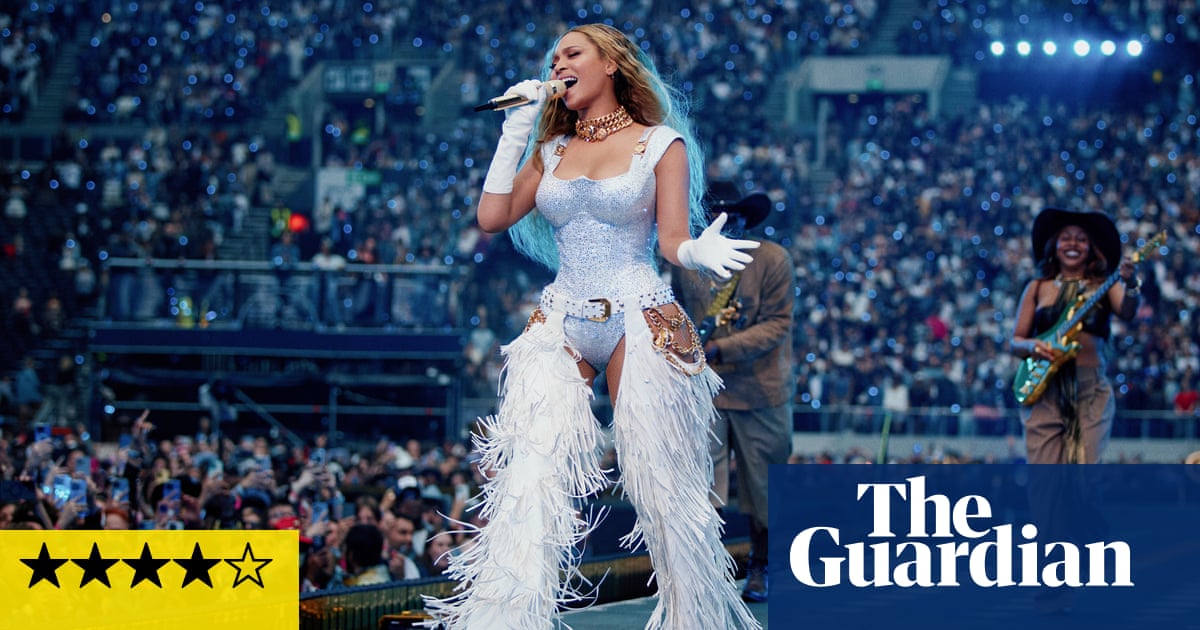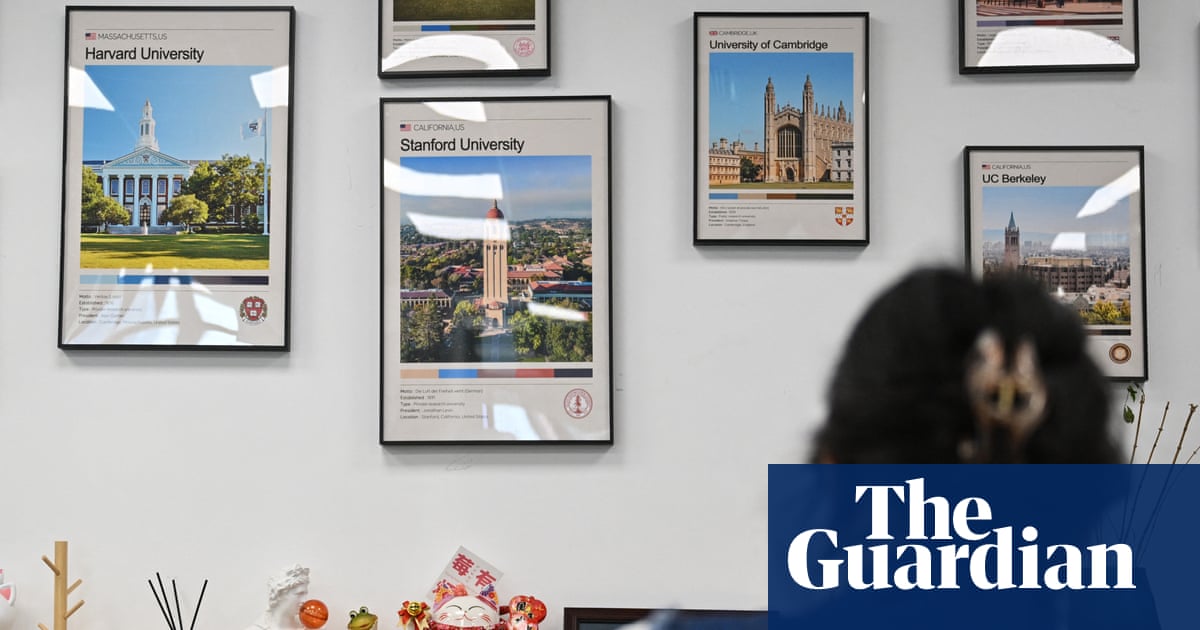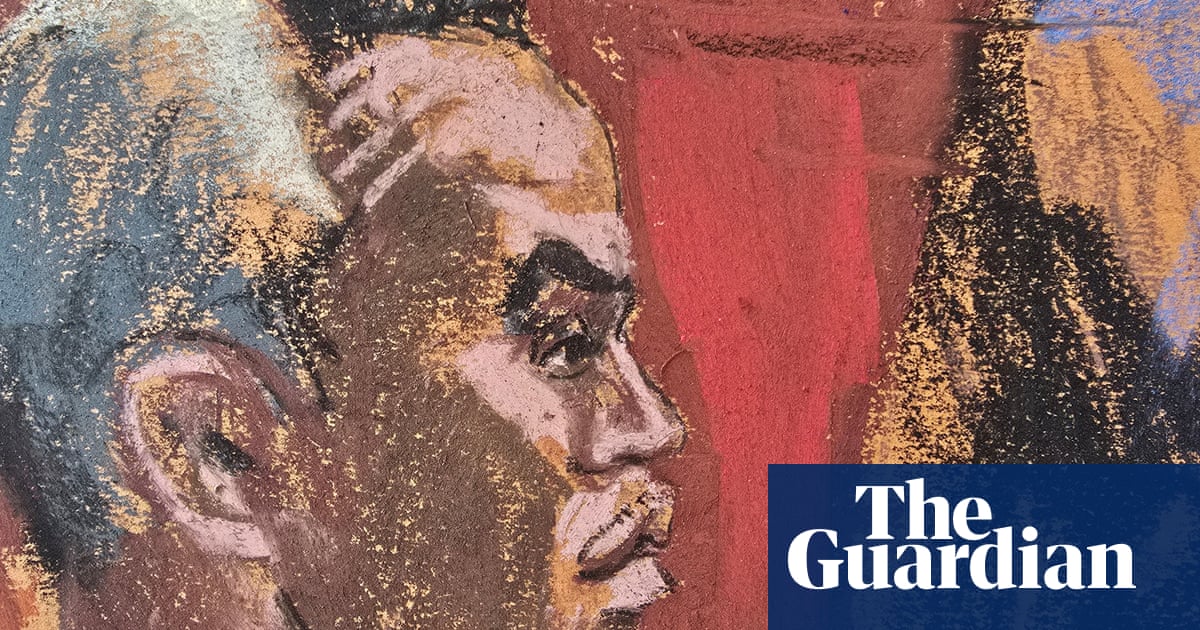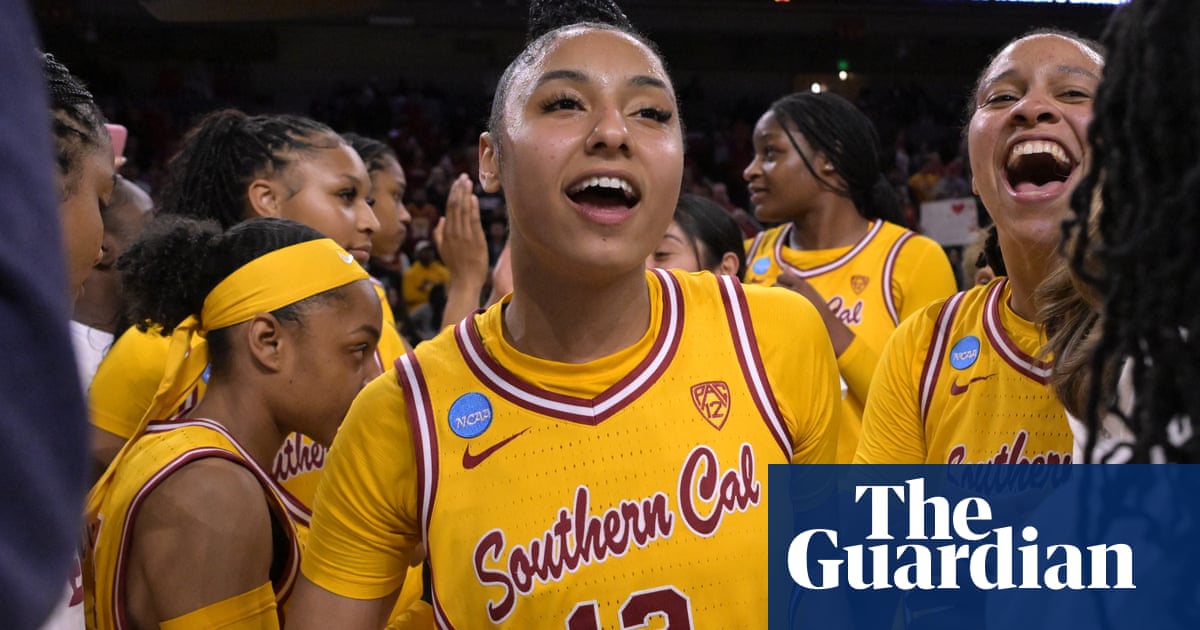Sulphur-crested cockatoos in Sydney have worked out how to operate drinking fountains, with footage showing the white birds gripping and turning the handle before leaning in for a sip.
Researchers set up camera traps and recorded the birds taking turns at a drinking fountain in western Sydney. Scientists observed more than 500 attempts over 44 days and revealed the birds were successful about 46% of the time.
“The behaviour consists of a combination of actions involving both feet, bill and shifting body weight to start the water flow,” the researchers said in their paper.
Dr John Martin, a senior ecologist at Ecosure and co-author of the study, said they stumbled on the complex behaviour at a twist-handle-operated bubbler located in a western Sydney sports field while surveying cockatoo foraging habits.
“So they would go and stand on it, and then they would have to grip the handle and actually push it forwards to activate it, and then lean over and have a drink.”
Presumably the birds first learned what to do by watching people, Martin said. “Eventually one of them got it, and then the others were like, ‘ah, this is fun’.” The cockatoos learned by watching others and then trying themselves, he said.
About 70% of the local population attempted the manoeuvre, according to the research, published in Biology Letters.
Drinking from the public fountain wasn’t just out of necessity, he said, given there was a creek nearby, only 500 metres away. There seemed to be an element of fun, he said. “The flock would come in, and they’d all be foraging and drinking – having a bit of a relax and a bit of a laugh.”
The “drinking fountain innovation” – which has persisted at least two years – is the second documented urban adaptation to spread across Sydney’s sulphur-crested cockatoo populations.
It followed the “bin-opening innovation”, where cockatoos figured out how to use their beaks and feet to lift rubbish bin lids, a behaviour that soon spread throughout Sydney’s southern suburbs.
Martin, also a co-author of that study, said birds used socially learned techniques specific to their cultural group. “Birds in one area opened a bin in a certain way, and birds in another geographic area opened a bin in a different way.”
Members of the public are encouraged to submit their own observations of sulphur-crested cockatoo innovation via the Big City Birds website and app.
Cockatoos, a family of parrots, are known innovators, with dextrous toes that are capable of gripping.
after newsletter promotion
Austrian research on Goffin’s cockatoos, native to Indonesia, has observed birds dunking biscuits in water before eating them, and dipping their food in yoghurt to add flavour.
The problem-solving behaviours are examples of rapid, widespread social learning that helps some species better adapt to city environments.
Dr Holly Parsons, who manages the urban bird program at BirdLife Australia, said sulphur-crested cockatoos were big, loud and interactive birds and a common sight in Australian cities.
“They’re smart, so they’re able to exploit the urban environment to get the resources that they need, and that’s one of the reasons why they’re doing so well living with us.”
The species was the fourth most commonly spotted bird nationally in BirdLife Australia’s annual Aussie Bird Count.
Parsons, who had seen cockatoos flipping bin lids, said she was not surprised they could learn to operate drinking fountains. There were even stories of pet cockatoos ending up in the wild and teaching other birds to speak, she said.
“It’s just so fascinating to see how their brains are working and how they are learning from each other.”

 1 day ago
8
1 day ago
8

















































